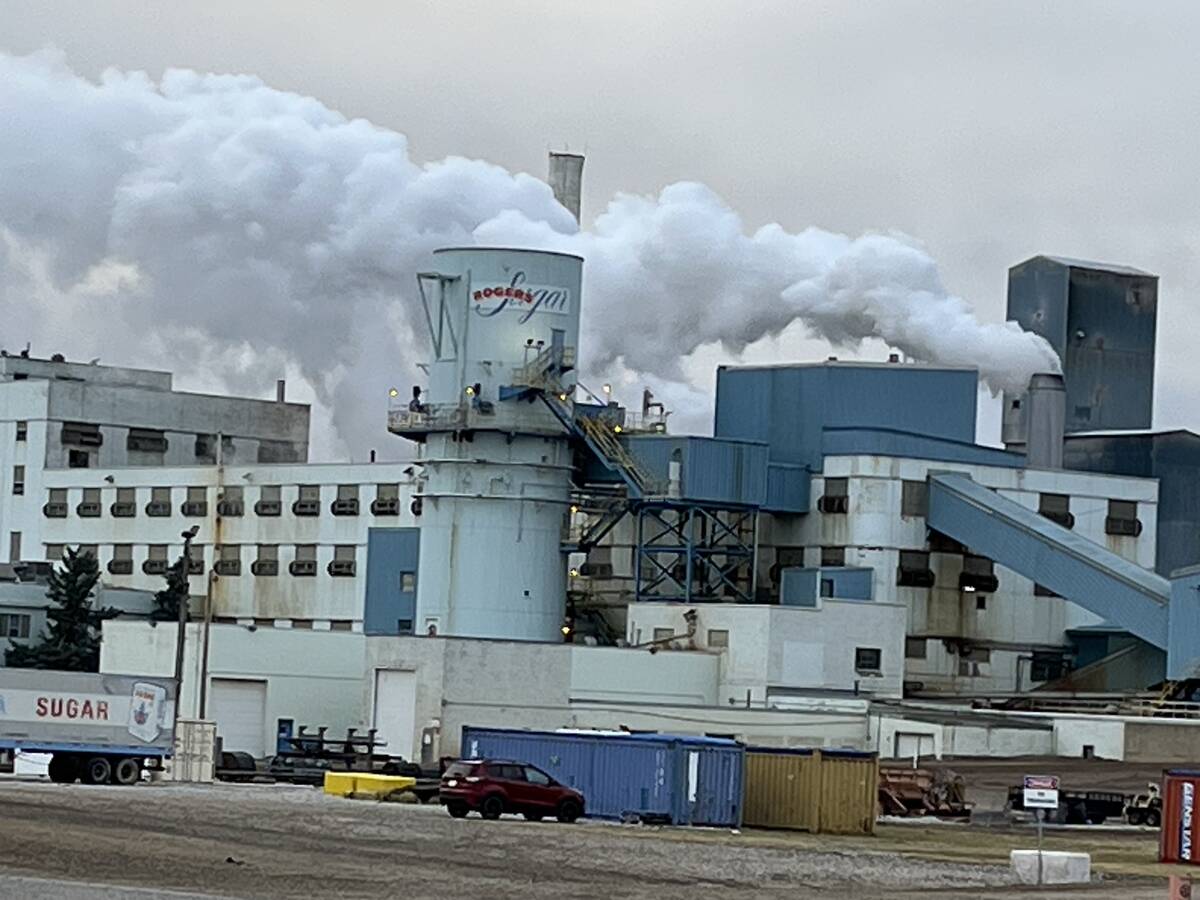Flying D Ranch manager Danny Johnson tells a story about fence posts.
When Ted Turner bought the ranch in 1989, the media mogul had many old buildings and fences torn down. He wanted the look of an open range.
But a certain number of fences are needed to keep bison from wandering and to best manage the various pastures. Green fibreglass posts were installed to blend in with the landscape.
Trouble is, they blended too well. Bison and elk couldn’t see them, and fences were damaged left and right.
Read Also

Sugar beet harvest underway in southern Alberta
Alberta Sugar Beet Growers hosts field tour to educate the public on the intricacies of the crop, its harvest process, and contracts with Lantic Sugar
Back came wooden posts and wire fences, this time with four, five or six strands of smooth wire, the number depending on expected bison and elk traffic.
Johnson chalks it up to experience.
“We’re always experimenting,” he said. “Some things work out better than others.”
The fence was electrified at one point, but falling trees and elk kept it constantly off-line, so the effort was abandoned. And while the bison learned about fences, the elk were not so co-operative.
An innovation at the handling facilities was the brainchild of bison manager Todd Traucht.
Bison like to return from whence they came, but when they see light at the end of an alley, they can run so fast they’ll break their necks once they reach the squeeze chute.
Traucht observed the problem and while grocery shopping noticed the clear plastic vertical slats that separate the store from the back storage rooms.
Back at the ranch, he cut rubber strips and hung them at various points in the chute.
The strips stopped the bison. When they nudged the strips, they could see daylight ahead, which kept them moving but at a slower pace.
It’s a good invention, considering that 4,200 bison have to be handled once annually. It takes about six weeks to get them all through.
The corral fences are mostly lined with thick rubber belting, which prevents the bison from seeing their human handlers and limits conflict between pens.
“We’ve learned the fewer people, the better, and quiet. We used to get a lot of people and we had a lot of problems,” Traucht said.
“Now we can run our whole corral with probably six people, slow and easy. If it’s going bad, just slow down. It usually works itself out.”
———
access=subscriber section=livestock, none, none















